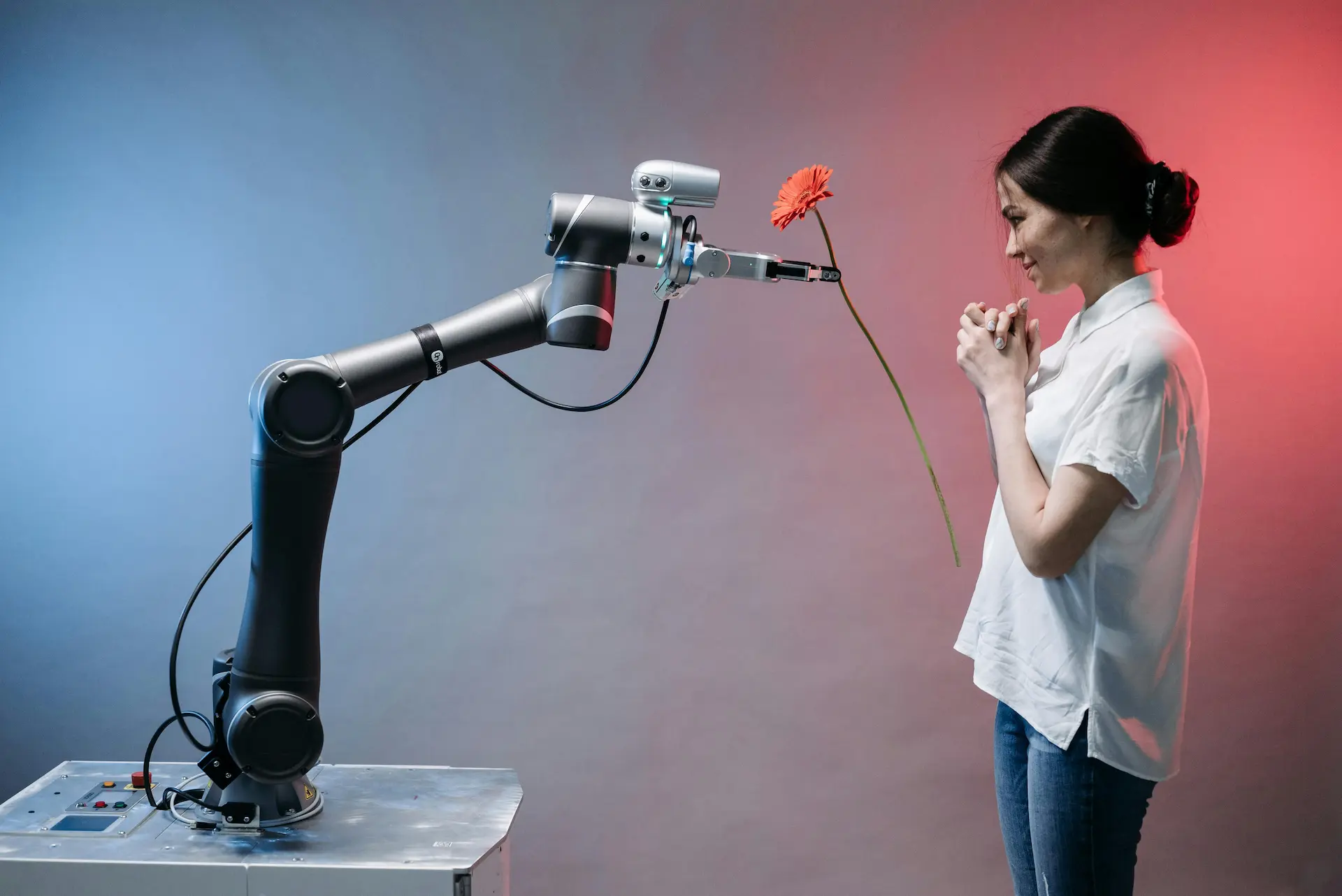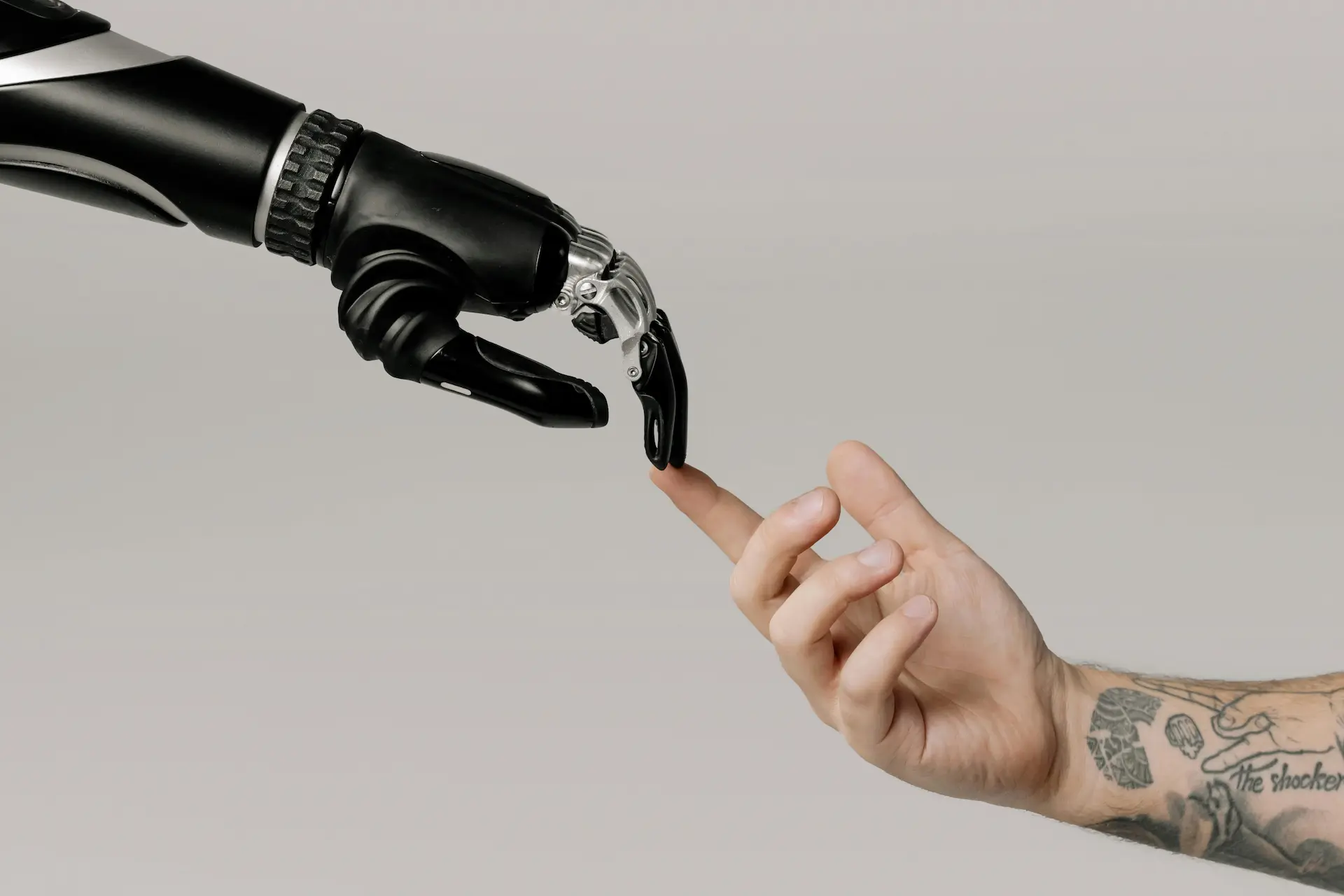Revaling the Creative Potential: How AI is Revolutionizing Content Creation
- 1 min read
Artificial Intelligence (AI) is transforming content creation by automating text and visual production, enhancing personalization, and improving SEO optimization. While AI brings speed and efficiency to content creators, attention to quality control and ethical use is essential. By leveraging AI, content creators can gain a competitive edge in the digital age.

In the digital age, content is king. Whether it's blog articles, videos, or social media posts, high-quality content is crucial for businesses and individuals. Artificial Intelligence (AI) is now transforming content creation, automating tasks and enhancing creativity in ways unimaginable a few years ago.
The Rise of AI in Content Creation AI-powered tools have quickly gained popularity, making content generation easier across various platforms. Here’s how AI is revolutionizing content creation:
Automated Content Generation: AI, such as GPT-3, can generate text for articles, product descriptions, and social media posts. While not a replacement for human creativity, AI accelerates the content creation process, providing a base for human editors to refine.
Enhancing SEO and Keyword Optimization: AI algorithms analyze search trends and user behavior to optimize content for better search engine rankings, ensuring it reaches the target audience more effectively.
Personalization at Scale: AI can tailor content to individual preferences, creating customized marketing campaigns and product recommendations that resonate on a personal level.
Natural Language Processing (NLP): AI-driven NLP enhances content quality by making interactions with chatbots and virtual assistants more natural and engaging, improving user experience.
Content Curation and Recommendations: AI curates and recommends content based on user preferences, as seen with platforms like Netflix and Spotify, keeping users engaged and increasing content consumption.
Visual Content Generation: AI is also transforming visual content creation. Tools like AI-powered image generators and Deep Dream create graphics, illustrations, and animations, lowering the entry barrier for creators without design expertise.
Challenges and Ethical Considerations While AI brings incredible potential, it also presents challenges:
Quality Control: AI-generated content may contain errors or biases. Human oversight is necessary to ensure content meets quality standards and aligns with brand values.
Originality and Plagiarism: AI might produce content too similar to existing works, raising concerns about plagiarism and copyright issues.
Ethical Use of AI: Responsible AI use is critical, including transparency, data privacy, and informed consent.
Job Displacement: Automation could lead to job displacement in content creation, though many believe AI will augment rather than replace human creativity.
Conclusion AI is reshaping content creation by automating tasks, enhancing personalization, and unlocking new creative possibilities. While challenges and ethical issues persist, the potential for AI to revolutionize content creation is undeniable. Content creators must adapt and harness AI's power to stay competitive and deliver content that resonates in new and exciting ways. Embracing AI as a creative ally is key to unlocking content creation's full potential in the digital age.

The relationship between artificial intelligence and human resources.
In the blog post, we explore the evolving relationship between artificial intelligence (AI) and human resources (HR). AI technology is revolutionizing HR practices by streamlining recruitment processes, enhancing employee engagement, and optimizing talent management. Embracing AI in HR can lead to increased efficiency, improved decision-making, and ultimately contribute to a more personalized employee experience.